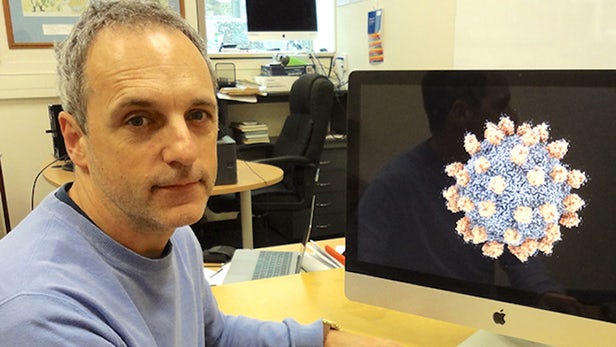
Breaking News
 Israeli chief of staff officially approves plan to occupy Gaza City
Israeli chief of staff officially approves plan to occupy Gaza City
 Report From "Blueprint for Peace"
Report From "Blueprint for Peace"
 Are They Lying to Us About Inflation?
Are They Lying to Us About Inflation?
Top Tech News
 Chinese Scientists Produce 'Impossible' Steel to Line Nuclear Fusion Reactors in Major Break
Chinese Scientists Produce 'Impossible' Steel to Line Nuclear Fusion Reactors in Major Break
 1,000 miles: EV range world record demolished ... by a pickup truck
1,000 miles: EV range world record demolished ... by a pickup truck
 Fermented Stevia Extract Kills Pancreatic Cancer Cells In Lab Tests
Fermented Stevia Extract Kills Pancreatic Cancer Cells In Lab Tests
 3D printing set to slash nuclear plant build times & costs
3D printing set to slash nuclear plant build times & costs
 You can design the wheels for NASA's next moon vehicle with the 'Rock and Roll Challenge
You can design the wheels for NASA's next moon vehicle with the 'Rock and Roll Challenge
 'Robot skin' beats human reflexes, transforms grip with fabric-powered touch
'Robot skin' beats human reflexes, transforms grip with fabric-powered touch
 World's first nuclear fusion plant being built in US to power Microsoft data centers
World's first nuclear fusion plant being built in US to power Microsoft data centers
 The mitochondria are more than just the "powerhouse of the cell" – they initiate immune...
The mitochondria are more than just the "powerhouse of the cell" – they initiate immune...
 Historic Aviation Engine Advance to Unlock Hypersonic Mach 10 Planes
Historic Aviation Engine Advance to Unlock Hypersonic Mach 10 Planes
 OpenAI CEO Sam Altman Pitches Eyeball-Scanning World ID to Bankers
OpenAI CEO Sam Altman Pitches Eyeball-Scanning World ID to Bankers
Nobel-winning technology reveals cancer-killing virus locking onto target like a "key in a lock

Last year, a cutting edge scientific imaging technology called cryo-electron microscopy earned a Nobel Prize for chemistry, lauded by the committee as ushering in a "revolution in biochemistry." The technique allows scientists to visualize biomolecules in their natural state for the first time ever, and one year on is already opening up some exciting possibilities. Now, scientists have used it to image a high-potential cancer-killing virus in unprecedented detail, allowing them to now ponder how it might be genetically modified to better do the job.
According to the Nobel statement accompanying the announcement last year, cryo-electron microscopy has allowed scientists to "visualise processes they have never previously seen." It relies on a careful freezing method that turns water inside cells into a solid to preserve their cellular structure, along with a modified electron microscope that blasts it with weakened beams for that very same reason.
This, paired with pioneering mathematical algorithms, has already enabled scientists to use cryo-electron microscopy to probe the secrets of poisonous bacteria, polio-fighting plant viruses and the immune-regulating effects of tick saliva. Now, scientists at the University of Otago and the Okinawa Institute of Science and Technology (OIST) are using it to explore the potential for designer viruses that kill off cancer.

 The Remote Access Car . . .
The Remote Access Car . . .

